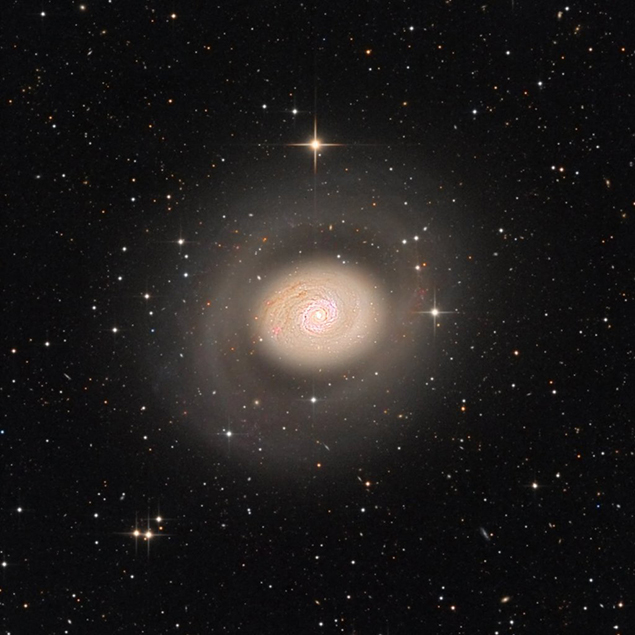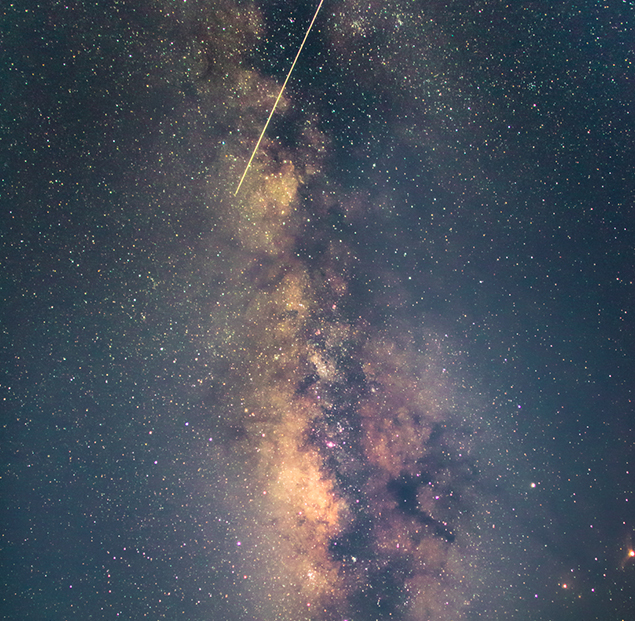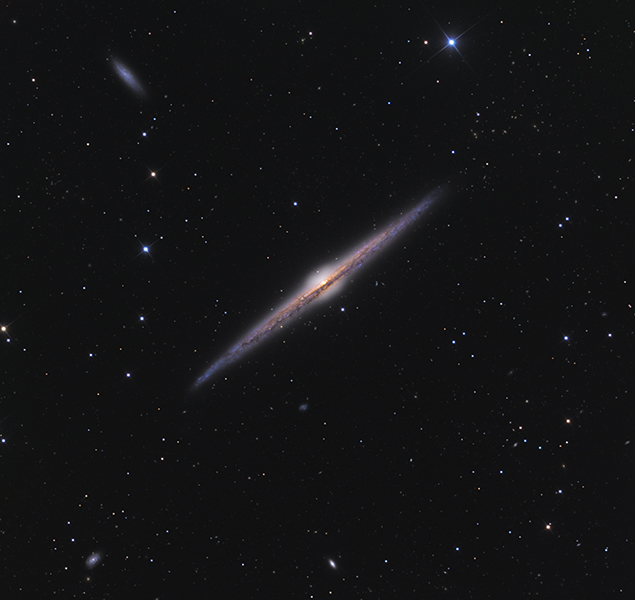M94 - The Cat’s Eye Galaxy
- Type: Galaxy
- CONSTELLATION: Canes Venatici
- Distance: 17 million light-years
- Magnitude: 8.7
- APPARENT DIAMETER: 7.8’ x 6.8’
Discovered by Pierre Mechain on March 22nd, 1781, Charles Messier observed the galaxy two days later. Comparing it to the globular cluster M79 in Lepus, he wrote “it is brilliant in the center and the nebulosity is a little diffuse.”
It’s this bright center that will be most apparent through a telescope, with Messier’s comparison to M79 proving to be an accurate one. The galaxy has a large and circular core which almost appears to reach the edge of the galaxy. Look out for an oval halo that shows some mottling in larger scopes.
Image credit: Bart Delsaert





